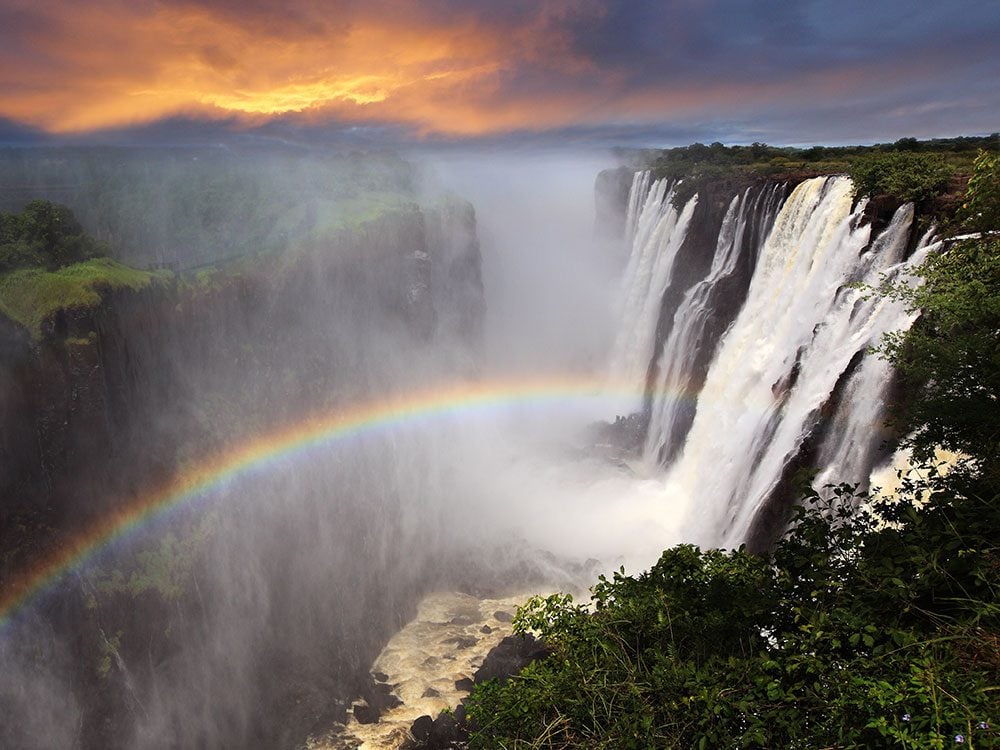
Victoria Falls by micro-light flight
At the border of Zambia and Zimbabwe lies Victoria Falls, known in the Tonga language as “the smoke that thunders.” Plunging a staggering 100 metres, its cascades form the world’s largest waterfall—and a spectacle that’s simply overwhelming in scale. While the falls can be toured on footpaths that take you in front of the cascades, its wonders are best seen from above. Take a micro-light flight (which lasts from 15 to 30 minutes), soaring silently over the crashing water below.
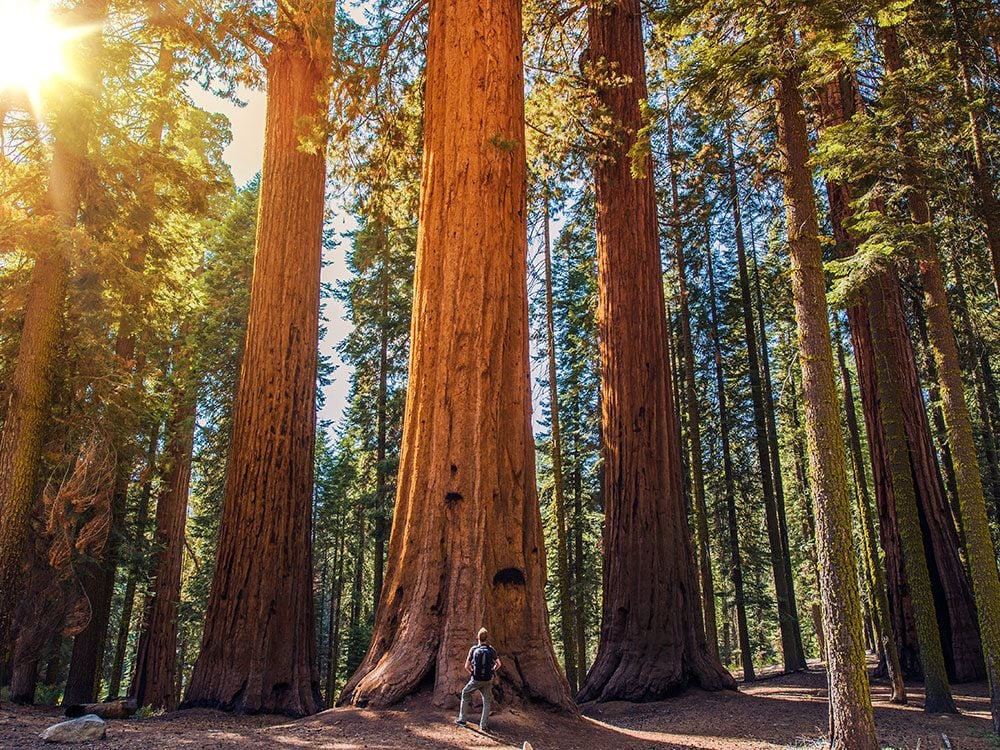
Redwood National Park by bicycle
Often measuring more than 100 metres in height, the redwoods in Northern California’s Redwood National and State Parks are the tallest species of trees in the world. In some cases, their trunks are so wide that you can walk, bike, or even drive right through the base. These towering giants form a dense canopy, leaving the forest floor below a fantasy landscape that’s best explored from the back of a bike. The National Parks Service has turned old logging roads into a network of trails that are ideal for two-wheeled touring.
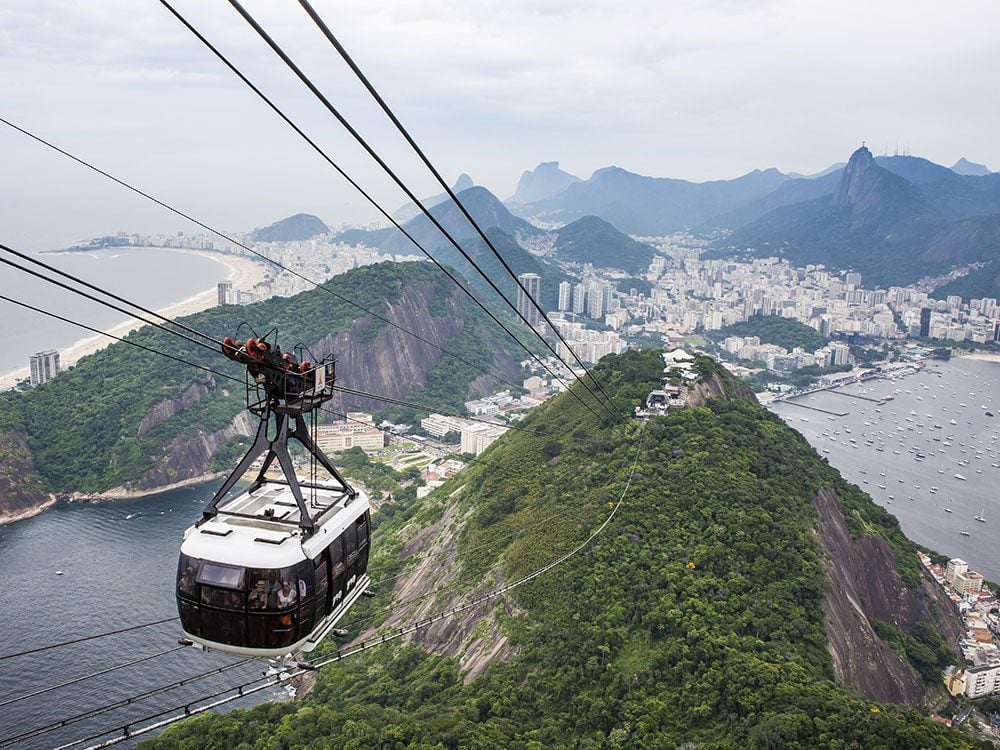
Sugarloaf Mountain by cable car
Rising dramatically above the electric streets of Rio de Janeiro, Sugarloaf Mountain juts into the Atlantic Ocean, providing sweeping views of the beaches and towers of one of the world’s greatest cities. The mountain’s cable car—founded in 1912—makes the trip to the mountaintop easy, whisking more than 2,000 passengers every day from sea level to its nearly 400-metre summit.
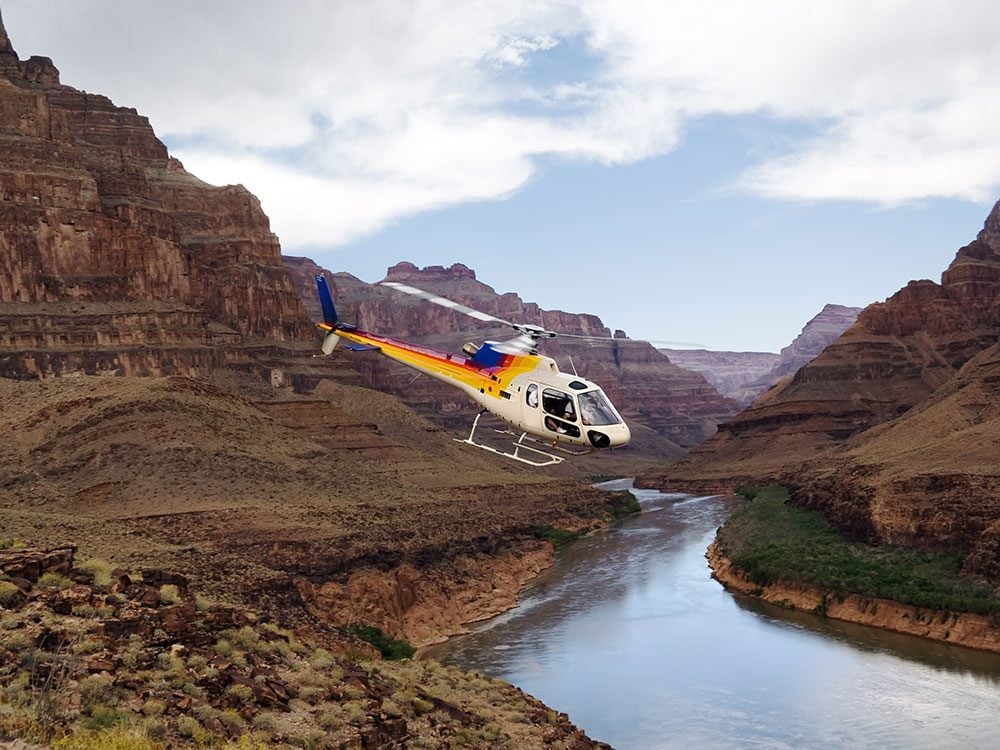
Grand Canyon by helicopter
If you’ve ever had the chance to peer over the edge of the South Rim, you’ll surely agree that the Grand Canyon lives up to its name. The vertigo-inducing 446- kilometre gash across the northern half of Arizona actually measures 30 kilometres wide in some stretches. The best way to appreciate this geological giant is directly overhead, from the cabin of a chopper. Helicopter tour operators including Papillion Airways will give you a breathtaking bird’s-eye view, swooping low to give you closer looks at the canyon walls and the blue ribbon of the Colorado River.
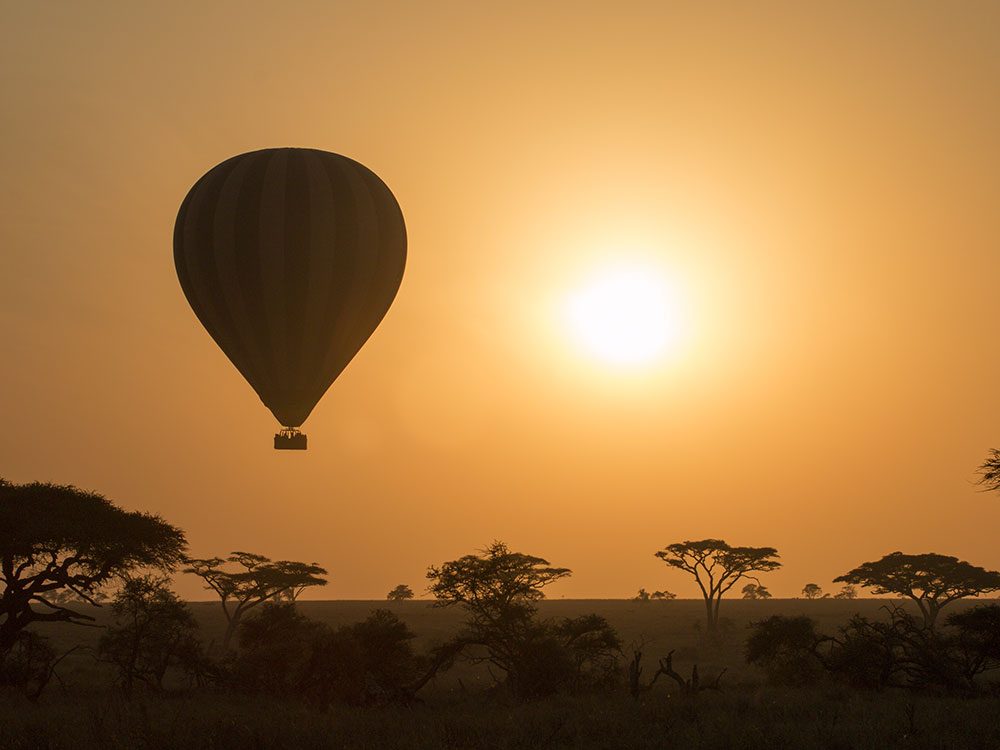
Masai Mara by hot air balloon
Kenya’s Masai Mara is both a natural and cultural wonder. Thick with thriving examples of African wildlife, the grassland is crawling with lions, leopards, and cheetahs. Here you’ll find zebras, giraffes, and various species of antelopes living side by side with the Masai people, who maintain time-honoured traditions to the delight of visitors from around the globe. Your best bet is to wake up early—the calmest winds are at dawn—and watch the sun rise over this spectacular setting in a hot air balloon.
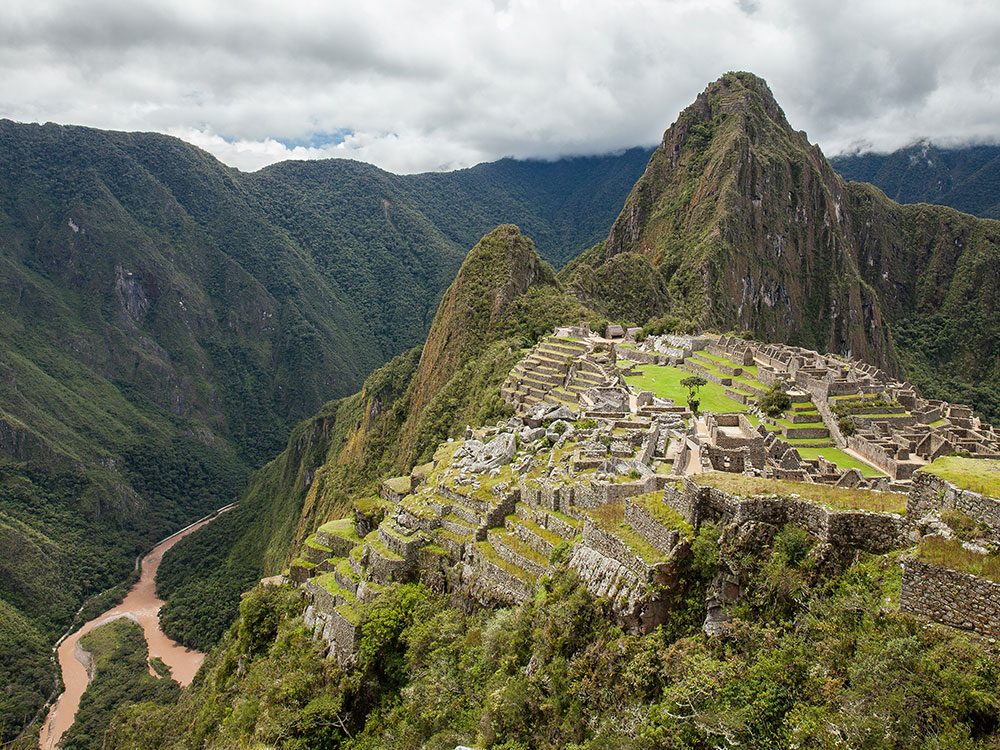
Sacred Valley of the Incas by raft
Drawn by the irresistible lure of Machu Picchu, more than a million people visit the Sacred Valley of the Incas every year. If you want to escape the throngs of tourists, however, consider venturing down the Urubamba River by raft. Bisecting the verdant valley floor and flanked by snowcapped peaks that soar to 6,000 metres, the river isn’t the wildest ride in the world, but rapids can reach Class III—enough to add some significant splash to your vacation.
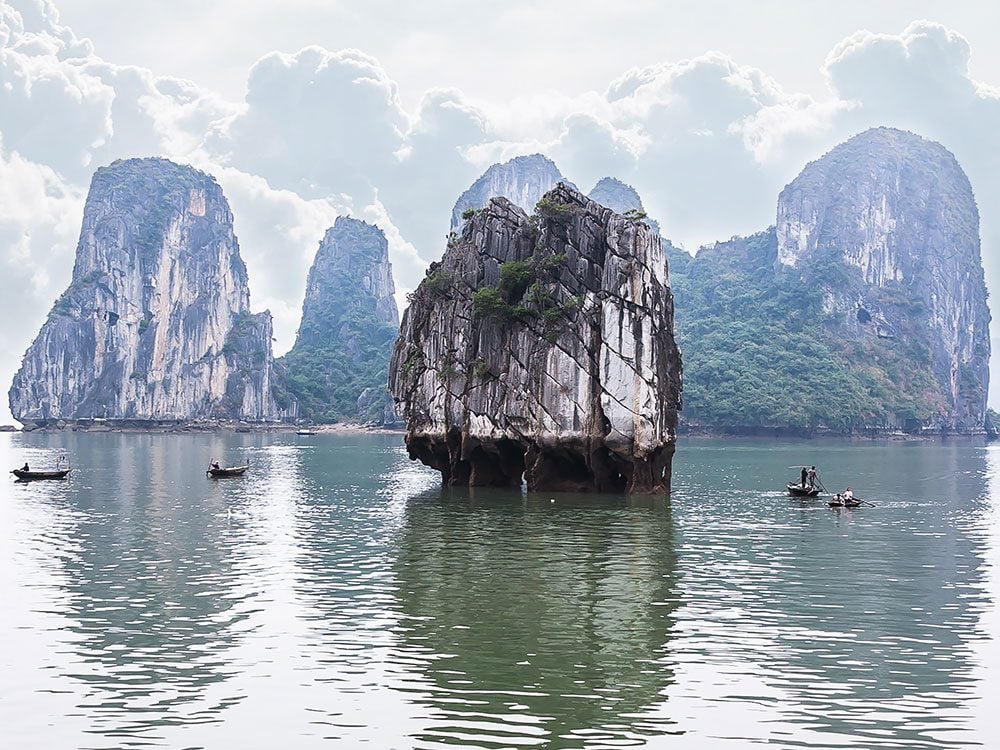
Ha Long Bay by junk boat
Sailing in on a traditional junk boat, it’s easy to understand why Vietnam’s Ha Long Bay inspired legends. A place where the rainforest-capped limestone islands tower above emerald waters, the bay figures strongly in a Vietnamese creation myth. As the story goes, the gods granted the people protection in the form of dragons that spat jade and precious jewels. These jewels ultimately became the limestone karsts of Ha Long Bay, which served as a natural line of defense against enemy ships.
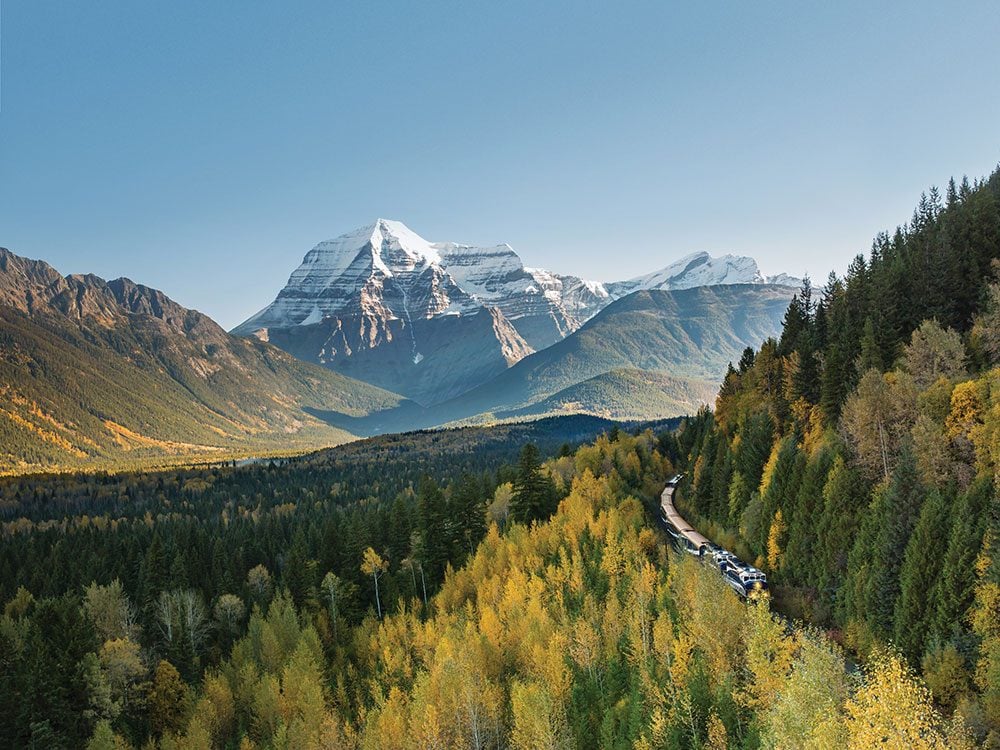
Canadian Rockies by Rocky Mountaineer
A jagged chain of peaks rising from flat Prairies in the east to heights of almost 4,000 metres, the Canadian Rockies provide some of the world’s most magnificent mountain scenery. It was a railway line that first connected this awe-inspiring landscape to the rest of Canada, and that same railway line remains the best way to experience its majesty. In lieu of the smelly steam engine of the 19th century, today’s guests can travel onboard the sleek, stylish Rocky Mountaineer. Admire postcard-perfect views from the comfort of a bi-level, glass-dome coach (or an outdoor viewing platform) in GoldLeaf Service, while lunching on Alberta ranchlands pork tenderloin or tuna tataki. From here, you’ll glimpse everything from brilliantly blue, glacier-fed lakes to iconic peaks like Mount Robson—the highest mountain in the range, and one that straddles the Continental Divide. And there will be no chance of missing the highlights—onboard Hosts provide storytelling and information as you pass through the region, and the train often slows down for photo ops.
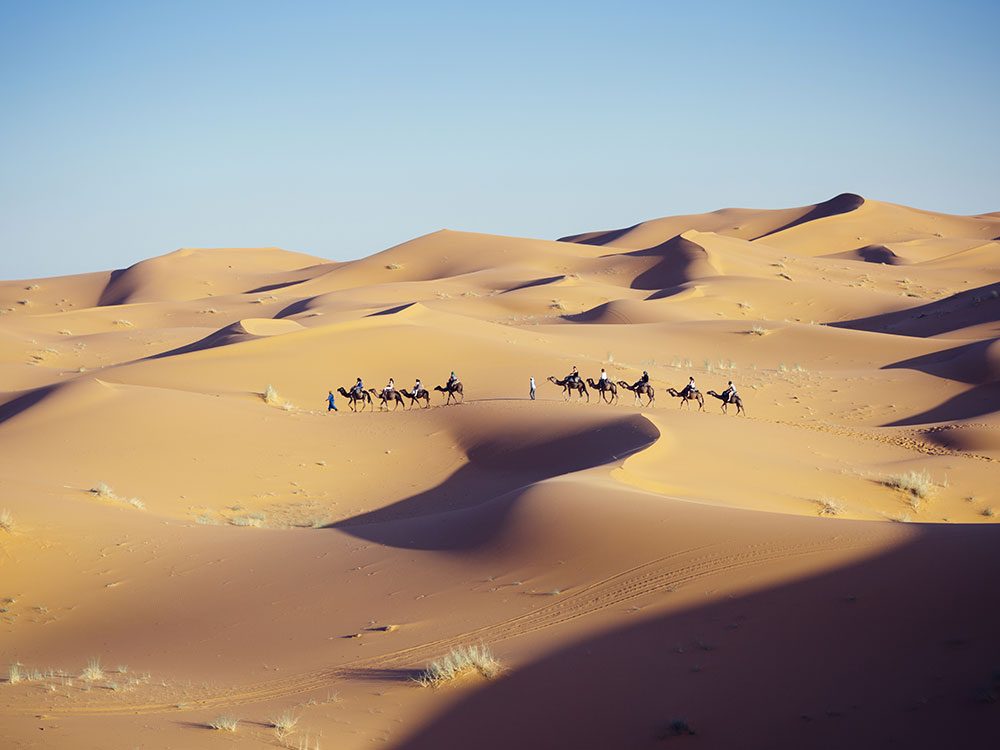
Erg Chigaga by camel
To say the Sahara is vast is an understatement. The legendary desert encompasses an area roughly equivalent to the United States, its ever-shifting sands stretching across the continent of Africa. As one of Morocco’s two major dune systems, Erg Chigaga is both incredibly beautiful and largely inaccessible, as no major roads venture into its depths. To explore its dunes—which rise to heights of 300 metres—take a cue from the Bedouin and climb onto the back of a camel. It may be alarming at first, but it doesn’t take long to master their lurching gait!
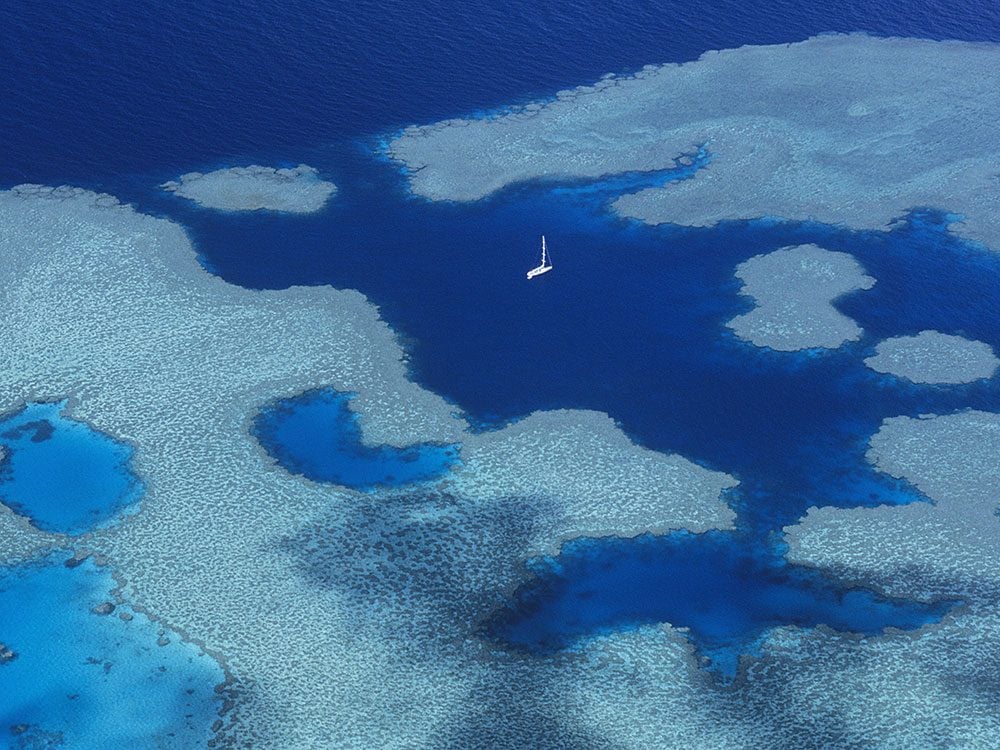
Great Barrier Reef by sailboat
Stretching more than 2,300 kilometres along Australia’s Queensland coast, the scale of the Great Barrier Reef is nearly incomprehensible, largely because it’s mostly underwater. The best way to explore this chain of 2,900 reefs and 900 islands is to rent a sailboat (various local operators lease everything from small skiffs to super-yachts), and strap on a pair of flippers. Beneath the surface, you’ll be met with a mind-blowing explosion of colour and movement, including over 1,600 species of fish, six types of sea turtle, and 30 species of dolphins and whales.